Home>Technology>Home Entertainment Systems>How To Connect TV To A Projector
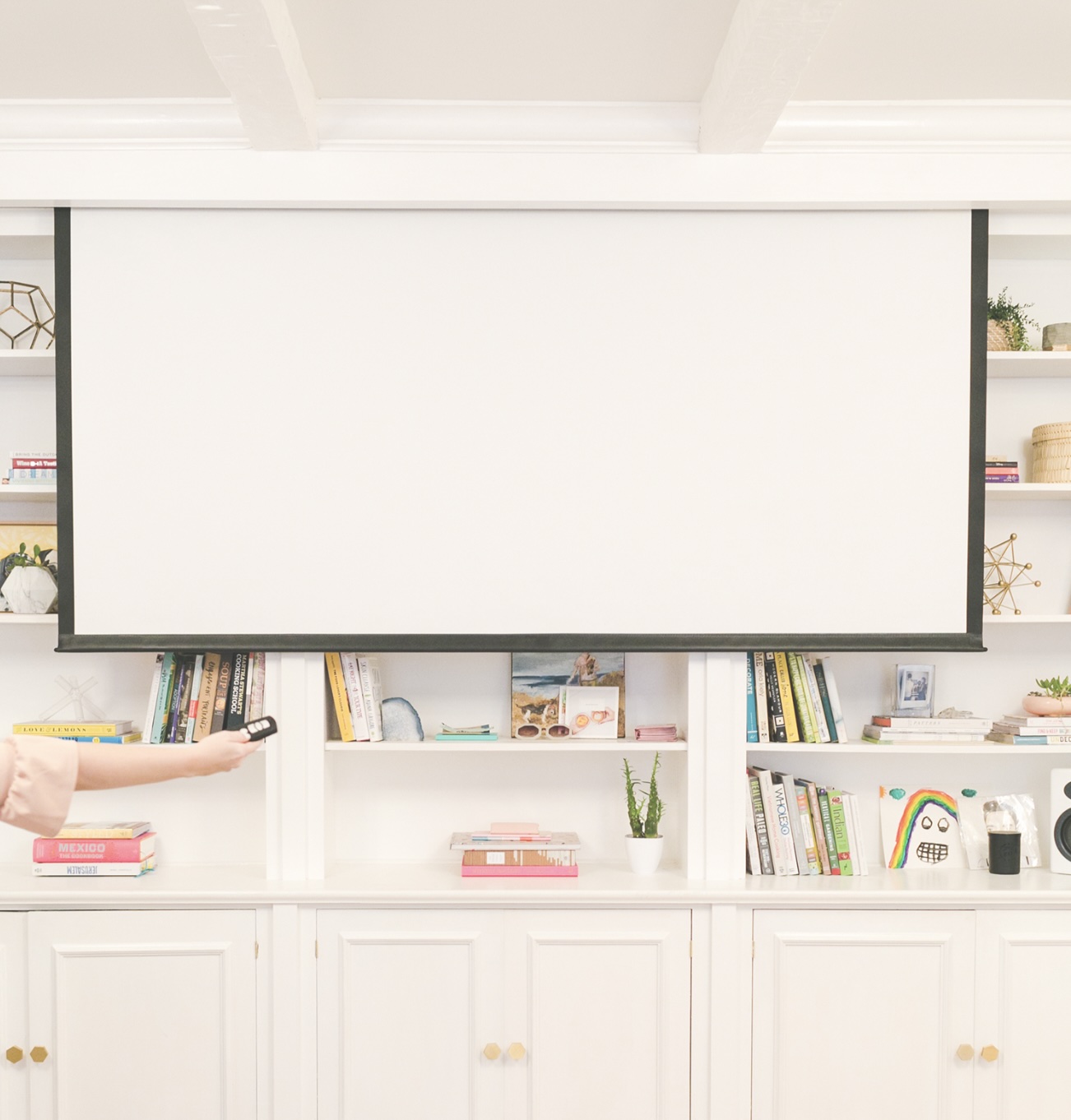

Home Entertainment Systems
How To Connect TV To A Projector
Modified: January 9, 2024
Learn how to connect your TV to a projector for a complete home entertainment system. Find step-by-step instructions and tips for seamless integration.
(Many of the links in this article redirect to a specific reviewed product. Your purchase of these products through affiliate links helps to generate commission for Storables.com, at no extra cost. Learn more)
**
Introduction
**
So, you've decided to take your home entertainment to the next level by connecting your TV to a projector. This decision opens up a world of possibilities, from enjoying larger-than-life movie nights to immersive gaming experiences. However, the process of connecting a TV to a projector may seem daunting at first. Fear not! In this comprehensive guide, we'll walk you through the entire process, from understanding the basics to troubleshooting common issues.
By the end of this article, you'll be equipped with the knowledge and confidence to seamlessly integrate your TV and projector, creating a captivating home theater experience for yourself, your family, and your friends. Let's dive in and unlock the potential of your home entertainment system.
**
Key Takeaways:
- Transform your home entertainment with a seamless TV-to-projector connection. From resolution compatibility to audio setup, create an immersive experience for movies, gaming, and more.
- Overcome common issues and fine-tune display settings for a captivating home theater setup. Embrace the magic of cinema at home with your connected TV and projector.
Read more: How To Connect A Projector To A TV Antenna
Understanding the Basics
**
Before delving into the technical aspects of connecting your TV to a projector, it's essential to grasp the fundamental concepts involved. Both your TV and projector serve as display devices, but they operate in distinct ways.
Resolution Compatibility:
- Ensure that your TV and projector support compatible resolutions. Most modern TVs and projectors offer high-definition resolutions such as 1080p or 4K. Matching the resolutions will optimize the visual output and prevent potential display issues.
Input and Output Ports:
- Familiarize yourself with the input and output ports on both your TV and projector. Common ports include HDMI, VGA, and USB. Understanding these connections will be crucial when establishing a seamless link between the two devices.
Signal Source:
- Identify the signal source for your TV and projector. This could be a cable box, streaming device, gaming console, or media player. Understanding the signal flow will enable you to route the audio and video signals effectively.
By gaining a clear understanding of these basics, you'll be better prepared to proceed with the physical connection between your TV and projector. Now, let's move on to the exciting part of bringing these devices together to create an immersive home entertainment setup.
**
Connecting TV to the Projector
**
Now that you have a solid grasp of the fundamental aspects, it's time to physically connect your TV to the projector. Follow these steps to establish a seamless connection:
Step 1: Identify the Output Port on the TV:
Locate the output port on your TV. Most modern TVs feature HDMI output ports, which deliver high-definition audio and video signals.
Step 2: Identify the Input Port on the Projector:
Next, identify the input port on your projector. HDMI input ports are commonly found on projectors, offering a convenient and high-quality connection option.
Step 3: Select the Appropriate Cable:
Choose the appropriate cable to link the TV and projector. HDMI cables are the preferred choice due to their high bandwidth and ability to transmit both audio and video signals.
Step 4: Establish the Physical Connection:
Connect one end of the HDMI cable to the output port on your TV and the other end to the input port on your projector. Ensure a secure and snug connection to prevent signal interruptions.
Step 5: Power On the Devices:
Power on your TV and projector. The TV should display its content, and the projector should detect the incoming signal from the TV.
Once you've successfully completed these steps, your TV and projector should be connected, allowing you to enjoy a seamless transition between the two display devices. With the physical connection established, it's time to address the audio setup to ensure a complete home theater experience.
**
Setting Up the Audio
**
While the visual connection between your TV and projector is crucial, a complete home entertainment experience is incomplete without high-quality audio. Follow these steps to set up the audio for your connected TV and projector:
Step 1: Identify Audio Output Options:
Check the audio output options on your TV and projector. Most modern TVs feature audio output ports, such as optical or HDMI ARC (Audio Return Channel). Projectors may also offer audio output options to facilitate sound transmission.
Step 2: Select the Audio Connection Method:
Choose the appropriate method to connect the audio from your TV to the projector. If your TV and projector both support HDMI ARC, you can use an HDMI cable to transmit audio from the TV to the projector. Alternatively, optical cables or audio cables can be used to connect the audio output of the TV to the projector.
Step 3: Adjust Audio Settings:
Access the audio settings on your TV and projector to ensure that the audio output is directed to the connected devices. This may involve selecting the correct audio output source and adjusting volume levels to achieve balanced sound output.
Step 4: Test the Audio Setup:
Play a sample audio or video content to test the audio setup. Ensure that sound is being transmitted from the TV to the projector and that the audio quality meets your expectations.
By completing these steps, you'll establish a seamless audio connection between your TV and projector, enhancing the overall home theater experience. With both the visual and audio components in place, it's time to fine-tune the display settings for optimal viewing.
**
Make sure your TV and projector have compatible ports (HDMI, VGA, etc.). Connect the two devices using the appropriate cable. Adjust the projector settings to display the TV input.
Adjusting the Display Settings
**
Optimizing the display settings for your connected TV and projector is essential to ensure a captivating visual experience. Follow these steps to adjust the display settings:
Step 1: Access the TV Settings:
Navigate to the display settings on your TV. This can typically be accessed through the TV's menu or settings interface. Look for options related to screen resolution, aspect ratio, and display preferences.
Step 2: Configure TV Display Settings:
Adjust the TV display settings to match the capabilities of your projector. Ensure that the resolution and aspect ratio settings are aligned with the optimal output supported by both the TV and projector.
Step 3: Access the Projector Settings:
Similarly, access the display settings on your projector. This may involve using the projector's remote control to navigate through the settings menu and access display customization options.
Step 4: Configure Projector Display Settings:
Adjust the projector display settings to complement the output from your TV. This includes fine-tuning the resolution, aspect ratio, and any additional display enhancements offered by the projector.
Step 5: Test the Display Output:
Play a variety of content, including movies, games, and images, to test the display output. Look for visual consistency and ensure that the content is seamlessly displayed across both the TV and projector without any distortion or cropping.
By carefully adjusting the display settings on both your TV and projector, you'll create a harmonious visual experience that maximizes the potential of your home entertainment setup. However, it's important to be prepared for common issues that may arise during the connection and setup process.
**
Read more: How To Connect Apple TV To A Projector
Troubleshooting Common Issues
**
While connecting your TV to a projector can result in an immersive home theater experience, it’s not uncommon to encounter certain issues during the setup process. Here are some common problems and their troubleshooting steps:
Issue 1: No Signal Detected on the Projector:
If the projector fails to detect the signal from the TV, ensure that the HDMI cable is securely connected at both ends. Additionally, verify that the correct input source is selected on the projector. Restarting both the TV and projector can also help establish the connection.
Issue 2: Audio Not Transmitted to the Projector:
If you’re experiencing audio issues, confirm that the audio output settings on the TV are directed to the connected projector. Check the audio cable or HDMI ARC connection for any signs of damage or loose connections. Adjust the audio settings on both devices to ensure seamless transmission.
Issue 3: Display Resolution Mismatch:
If the content appears distorted or improperly scaled on the projector, review the display settings on both the TV and projector. Ensure that the resolution and aspect ratio settings are aligned. Some projectors may have specific display modes for different input sources, so explore these options to achieve the desired output.
Issue 4: Audio-Video Sync Problems:
If you notice a delay between the audio and video output, access the audio settings on the TV and projector to fine-tune any synchronization options. Some projectors offer audio delay adjustments to address this issue. Experiment with these settings to achieve optimal synchronization.
By addressing these common issues with practical troubleshooting steps, you can overcome potential hurdles and ensure a seamless connection between your TV and projector. With the setup complete and any issues resolved, you’re now ready to indulge in a captivating home entertainment experience.
**
Conclusion
**
Congratulations on successfully connecting your TV to a projector, unlocking a realm of cinematic possibilities within your home. By understanding the basics of resolution compatibility, input and output ports, and signal sources, you’ve laid a solid foundation for integrating these two display devices seamlessly.
Through the physical connection process, you’ve bridged your TV and projector, setting the stage for immersive movie nights, exhilarating gaming sessions, and captivating multimedia experiences. The addition of high-quality audio further elevates the home theater setup, enveloping you in a rich soundscape that complements the stunning visuals.
By fine-tuning the display settings, you’ve ensured that the content seamlessly transitions between the TV and projector, delivering a cohesive and visually striking presentation. Additionally, with the troubleshooting tips at your disposal, you’re well-equipped to address common issues that may arise, ensuring a smooth and uninterrupted entertainment experience.
As you embark on this journey of home entertainment enhancement, remember that the possibilities are endless. Whether it’s a family movie night, a thrilling gaming tournament, or a mesmerizing visual showcase, your connected TV and projector stand ready to deliver an unforgettable experience.
Embrace the magic of cinema within the comfort of your home, and let your imagination soar as you explore the boundless potential of your newly integrated home entertainment system. With the knowledge and insights gained from this guide, you’re empowered to curate unforgettable moments and create lasting memories through the captivating fusion of your TV and projector.
Now, sit back, relax, and immerse yourself in the captivating world of home entertainment, where every scene, every game, and every moment unfolds in larger-than-life splendor.
Frequently Asked Questions about How To Connect TV To A Projector
Was this page helpful?
At Storables.com, we guarantee accurate and reliable information. Our content, validated by Expert Board Contributors, is crafted following stringent Editorial Policies. We're committed to providing you with well-researched, expert-backed insights for all your informational needs.
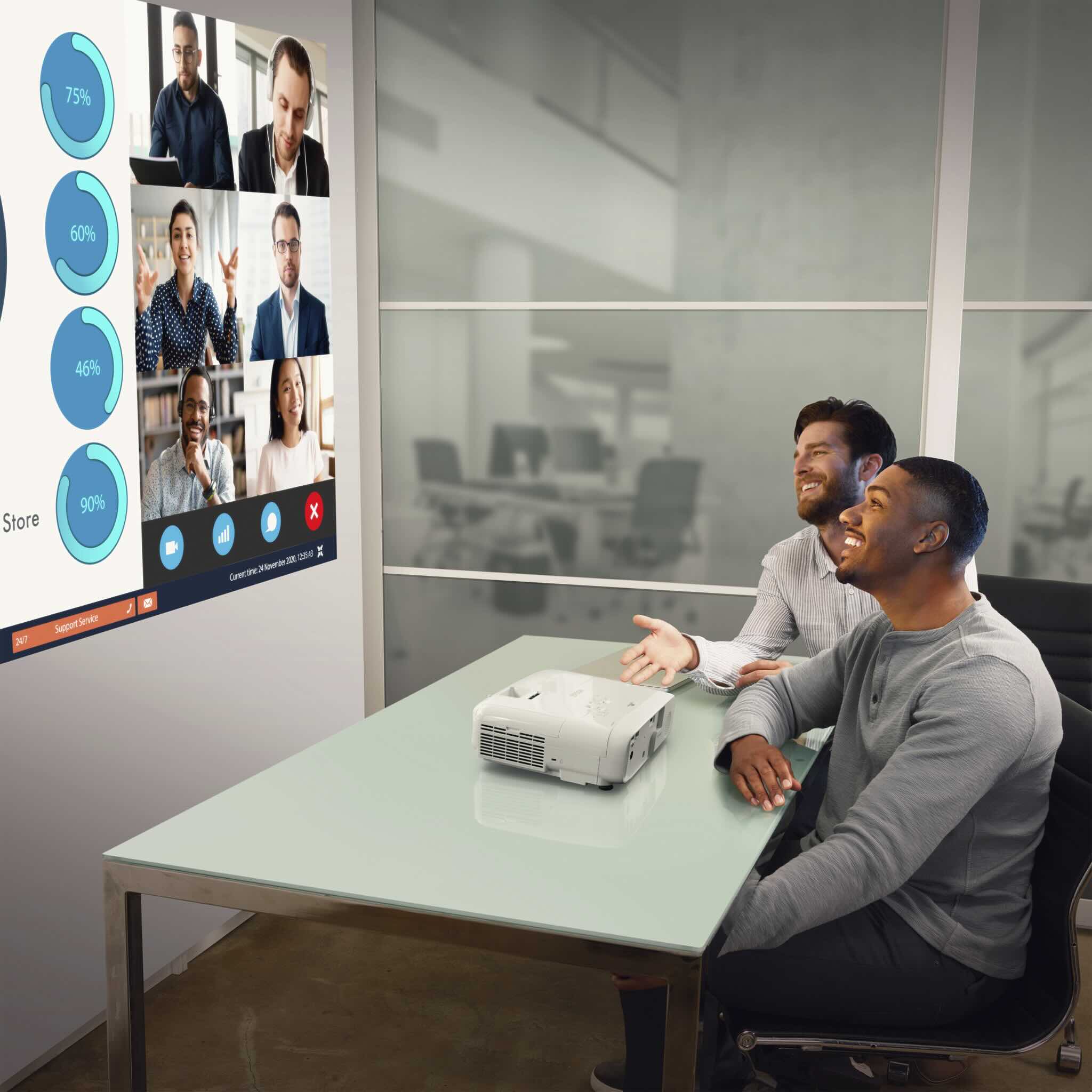
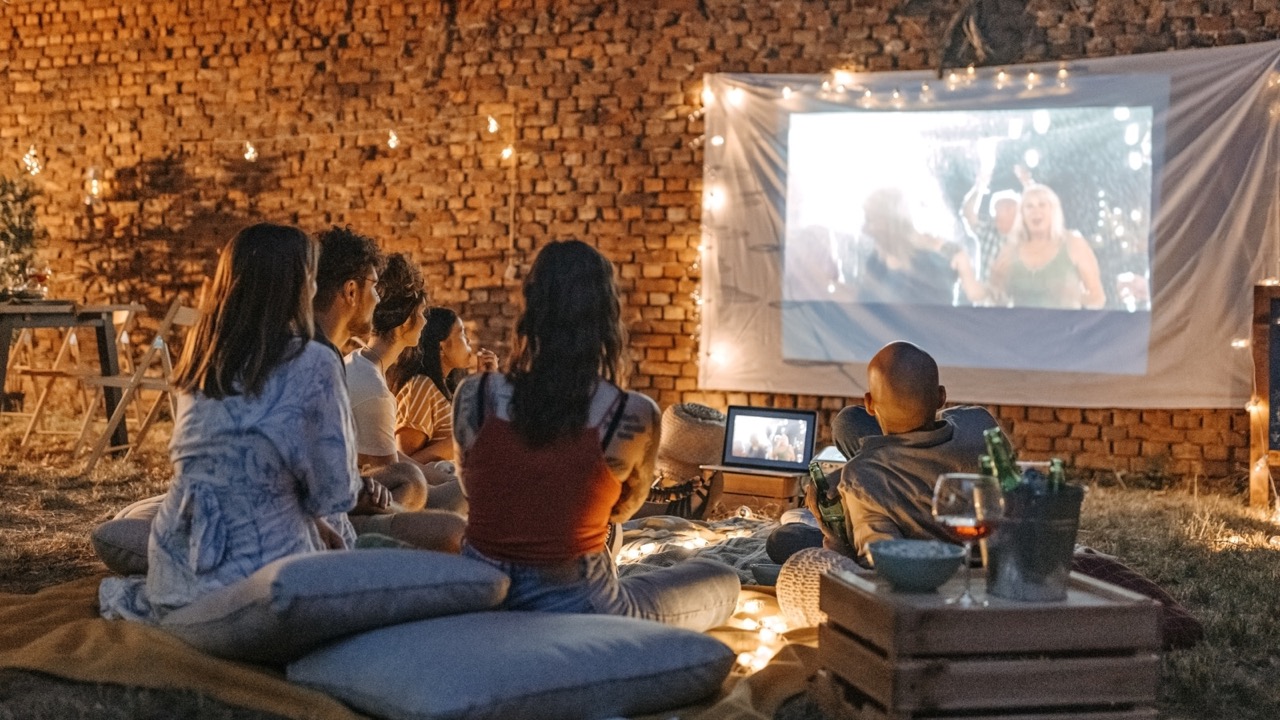
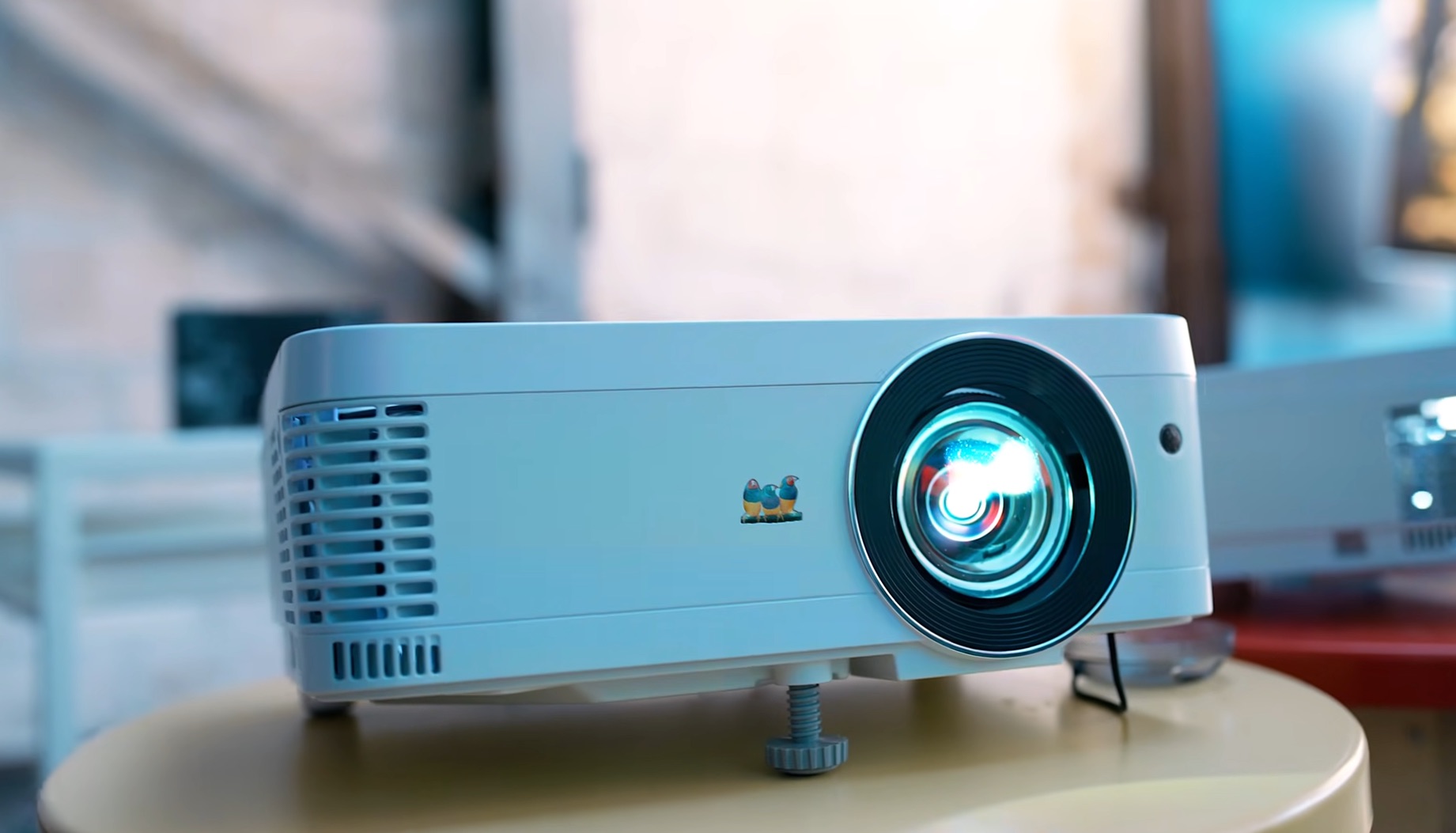
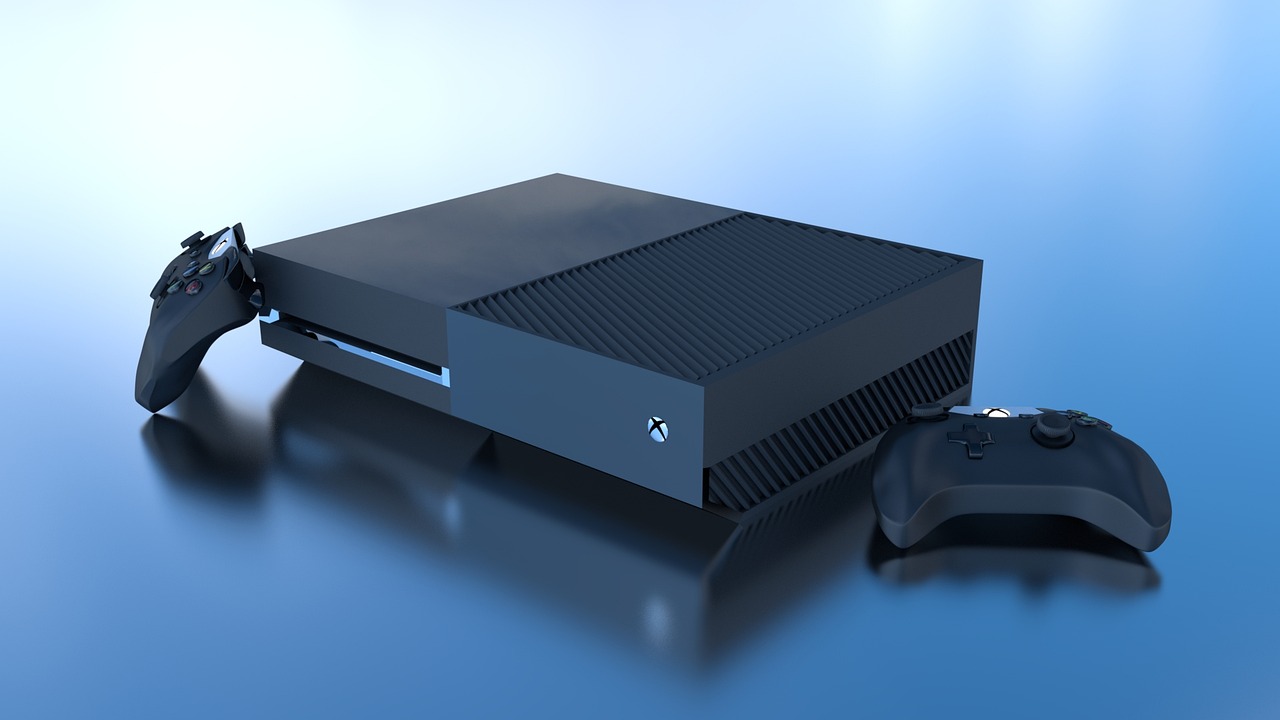
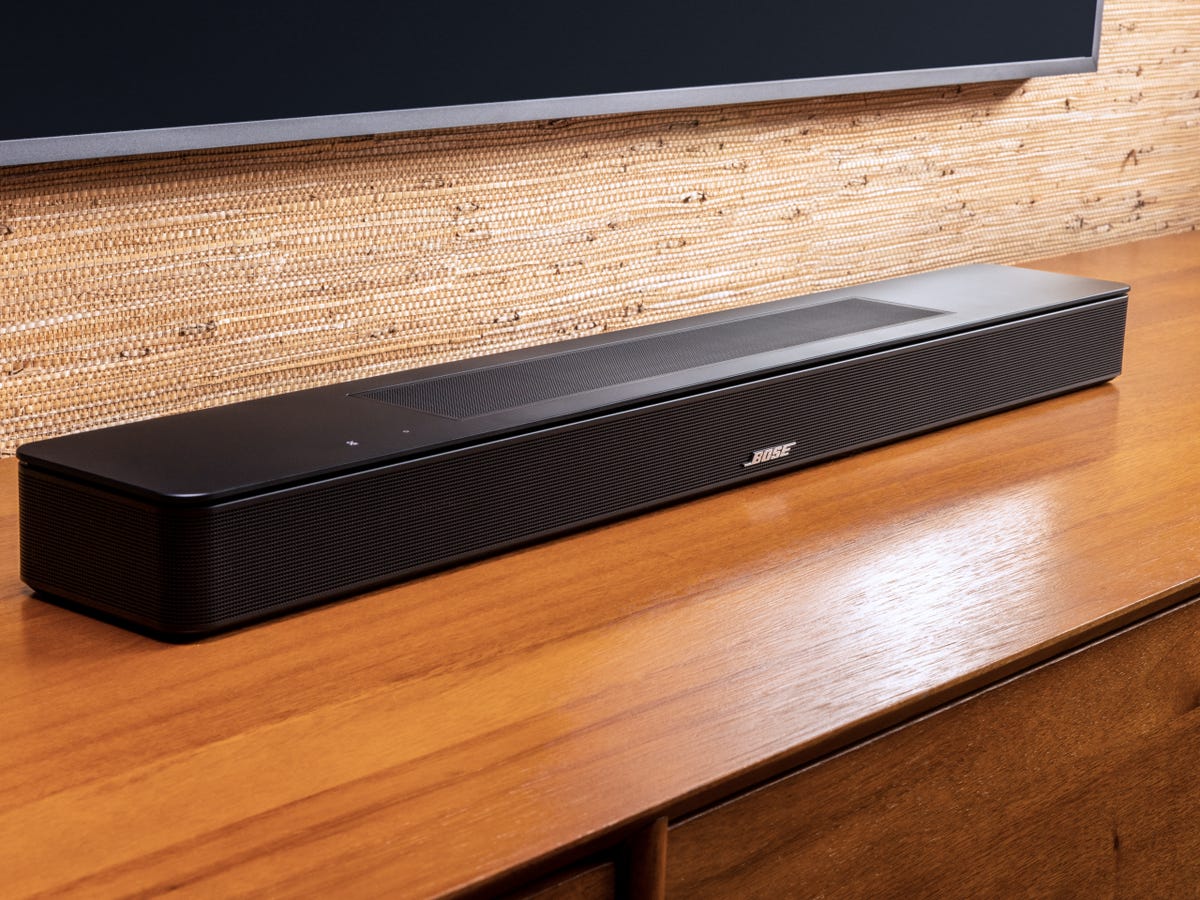
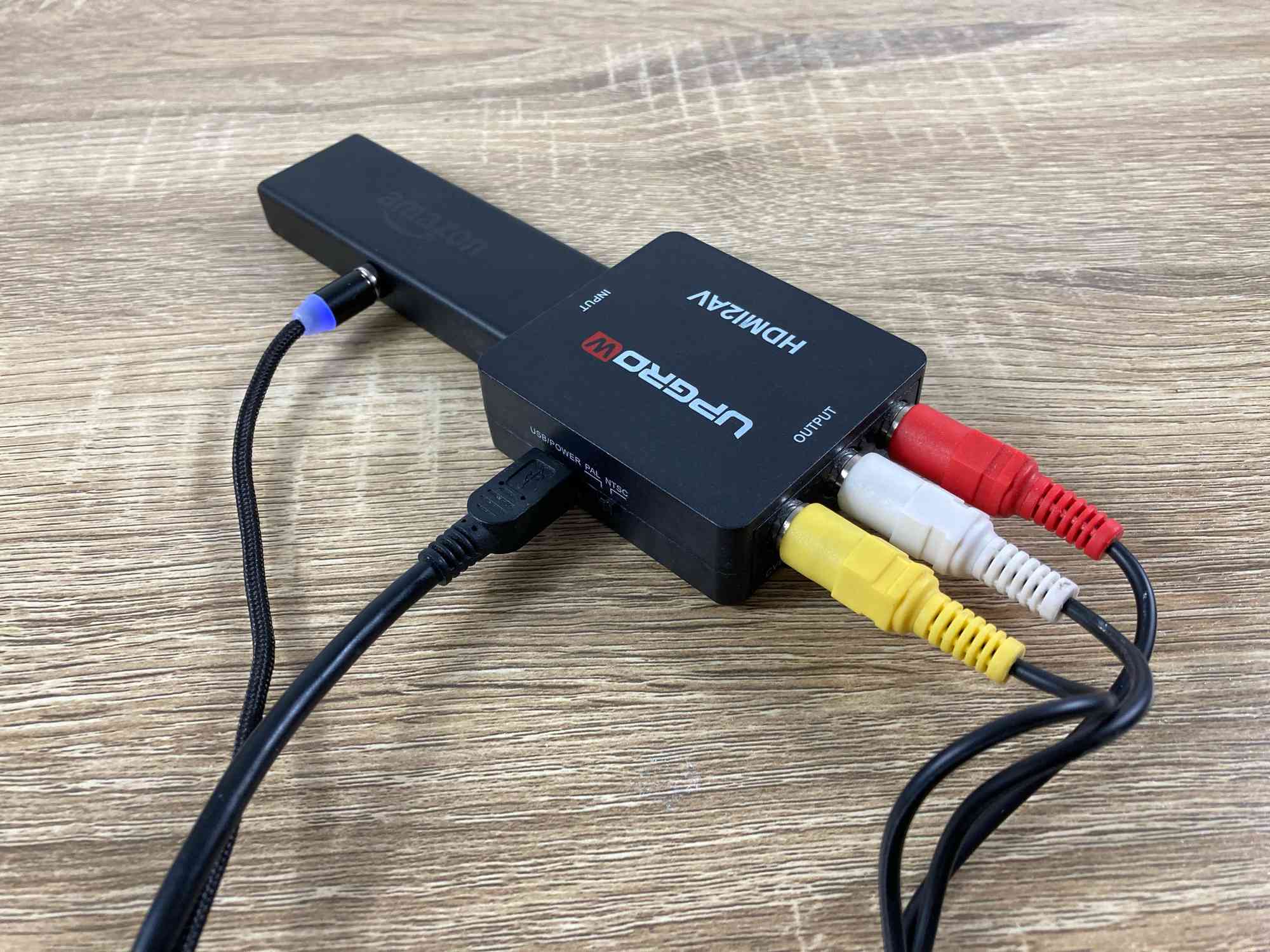
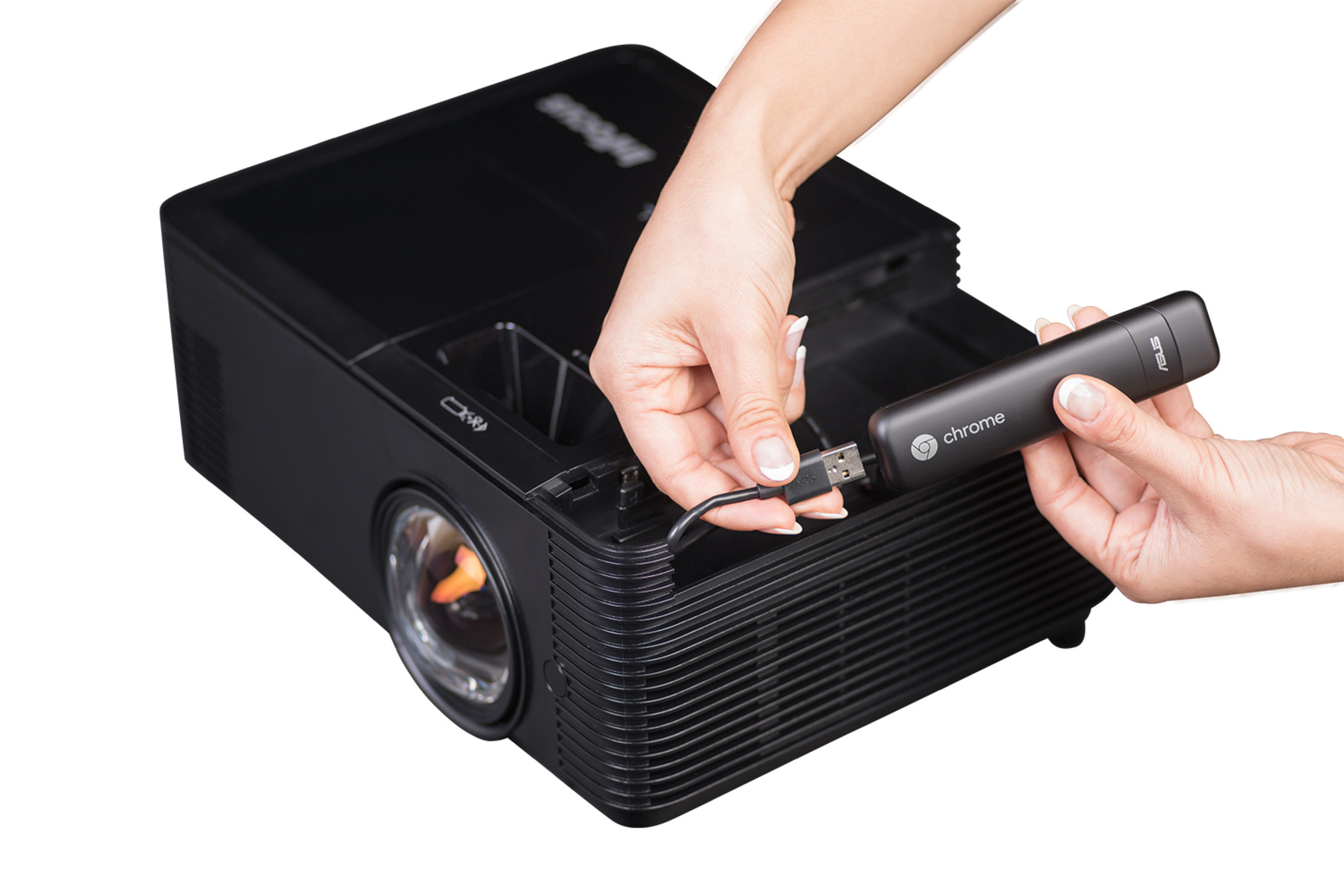
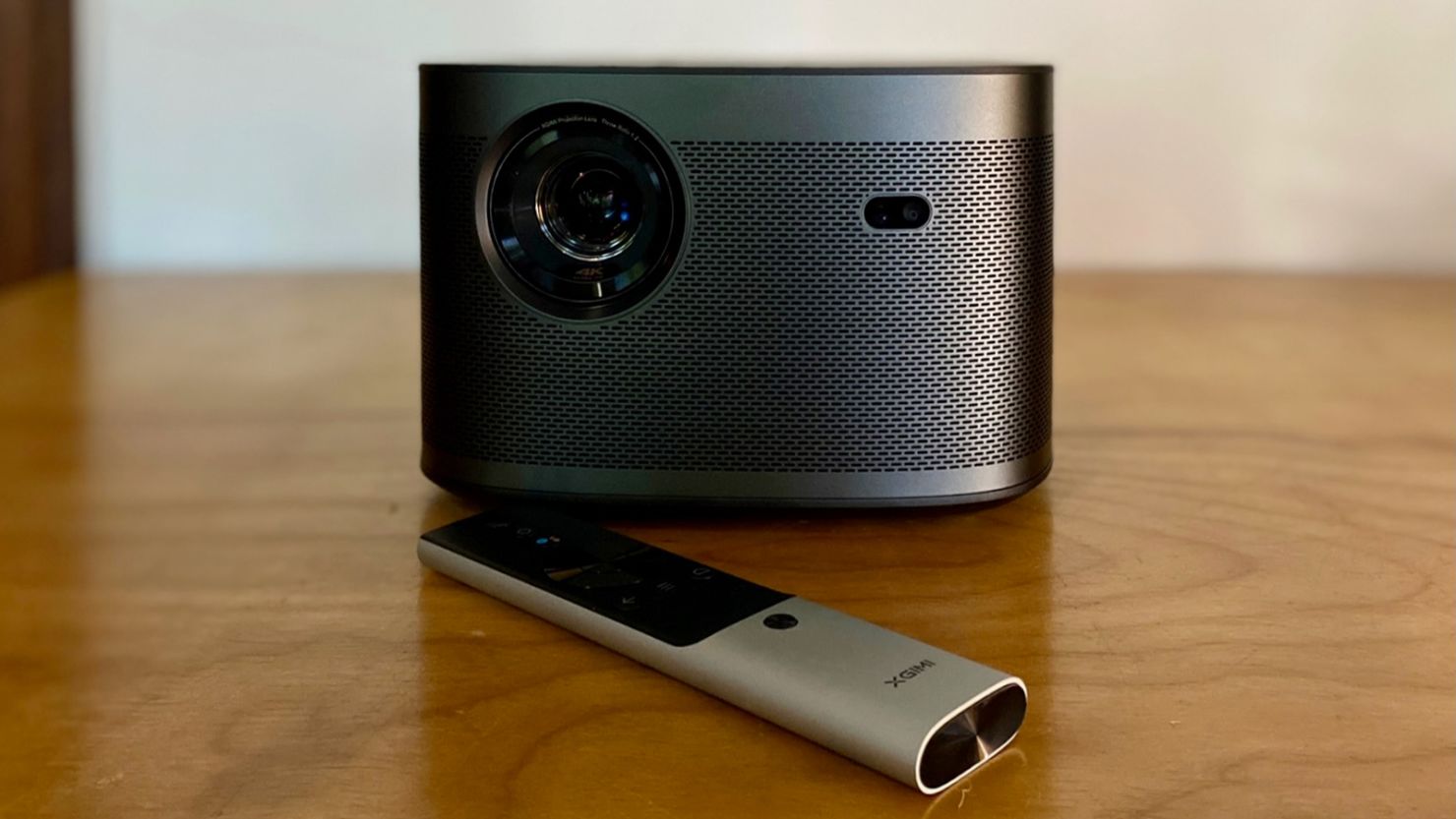
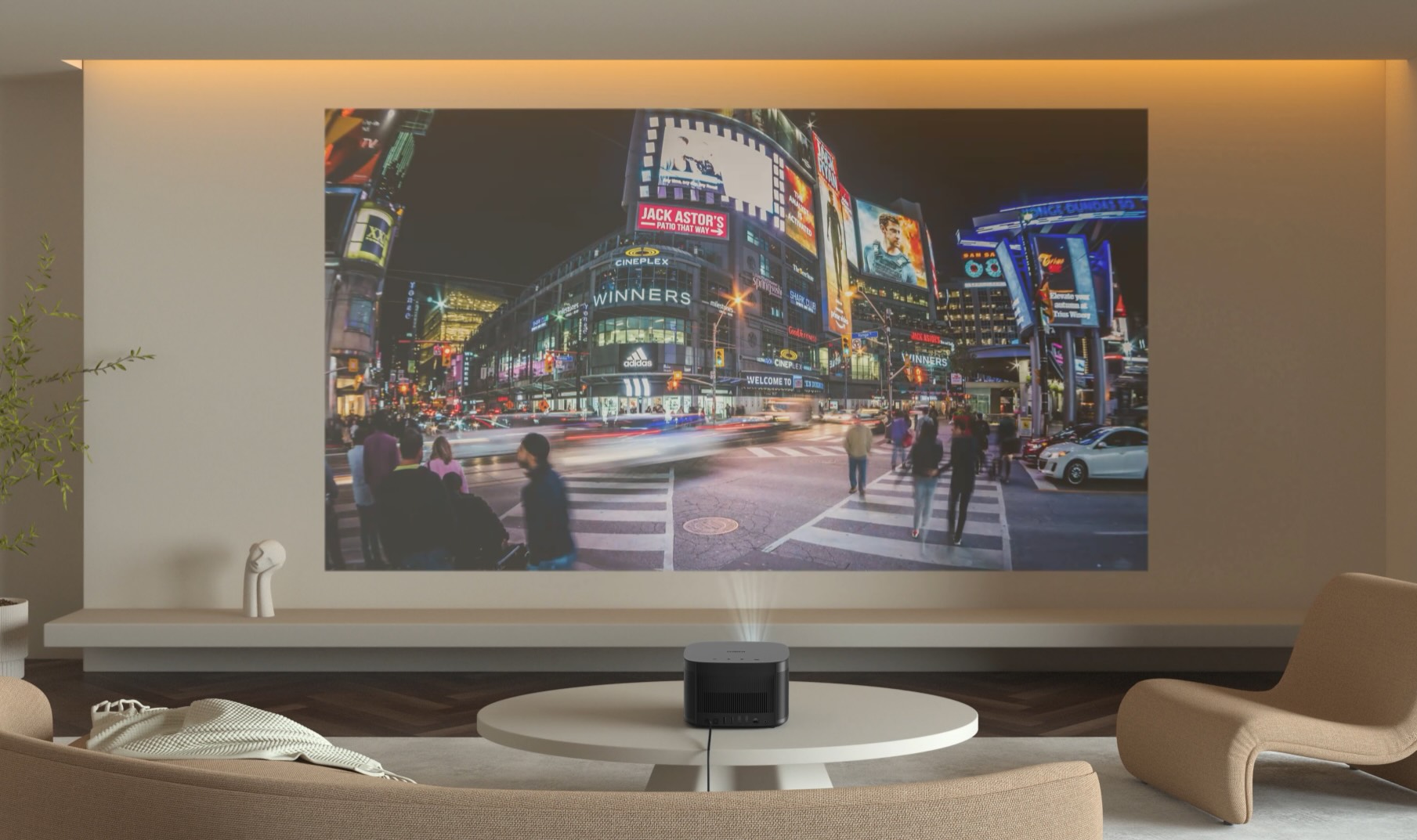
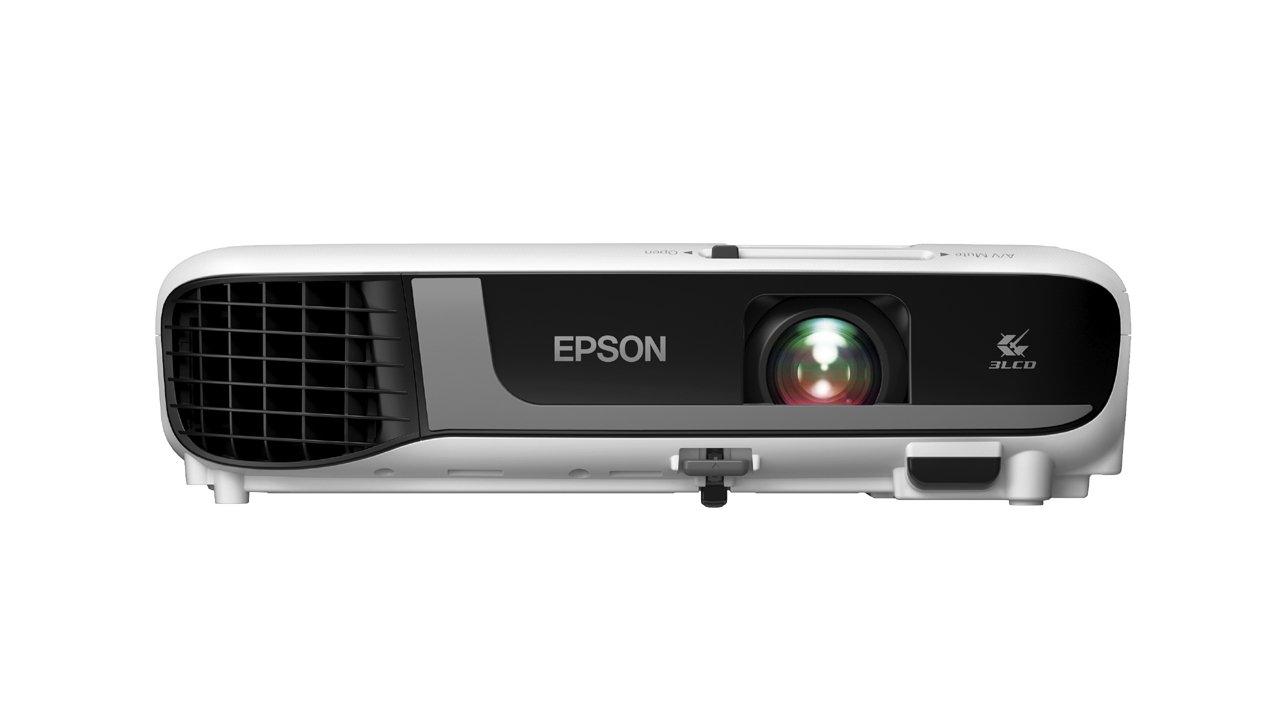
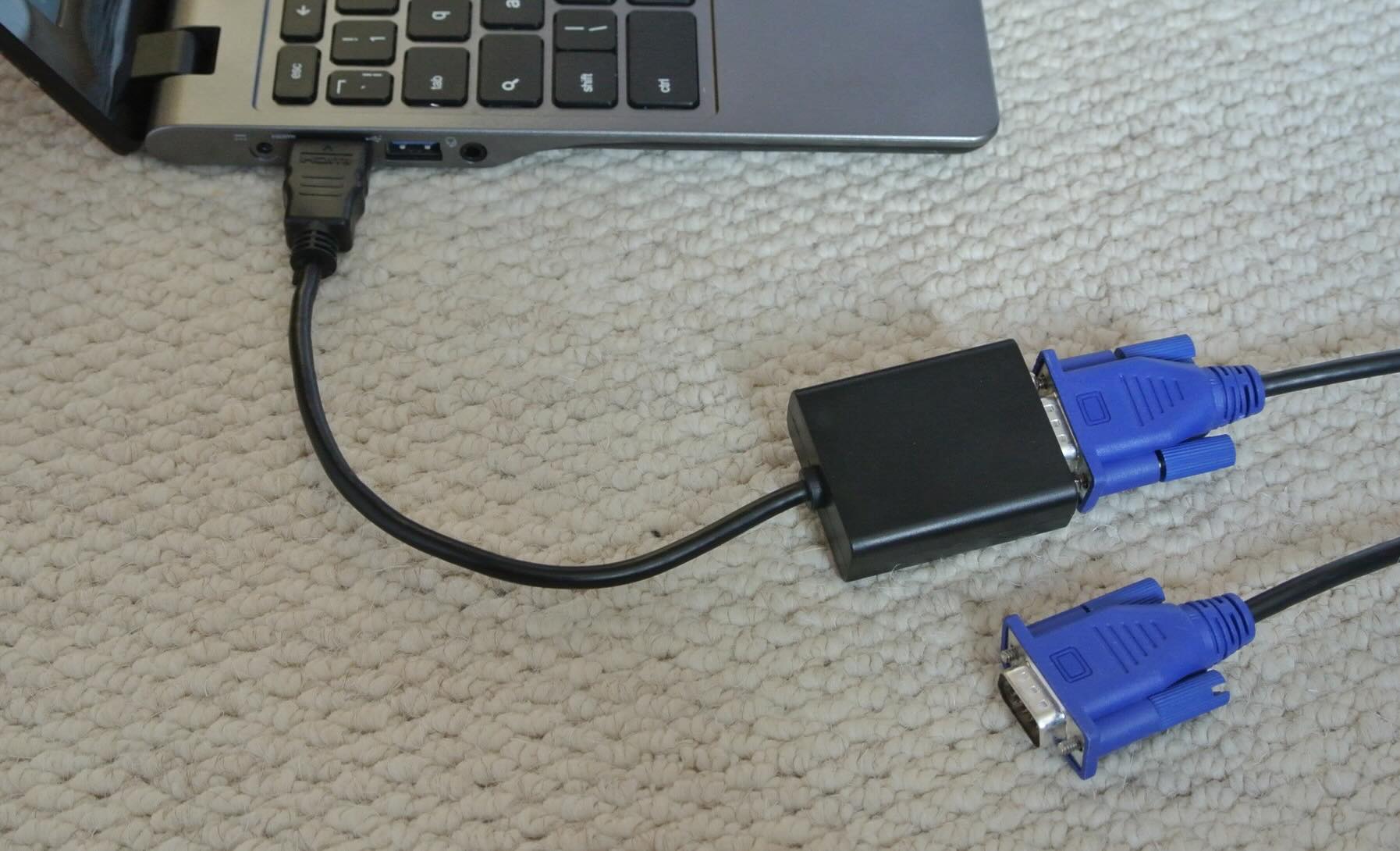
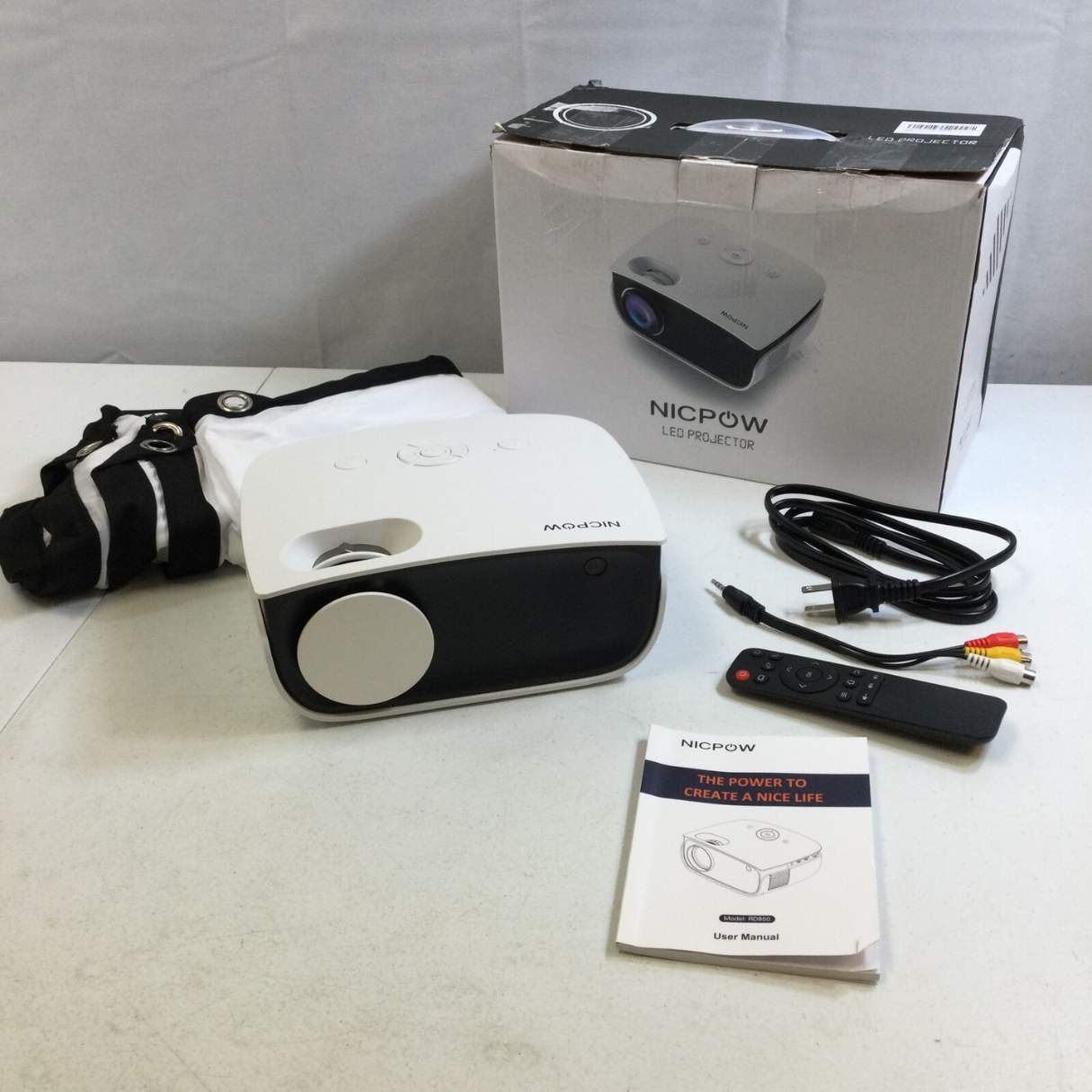
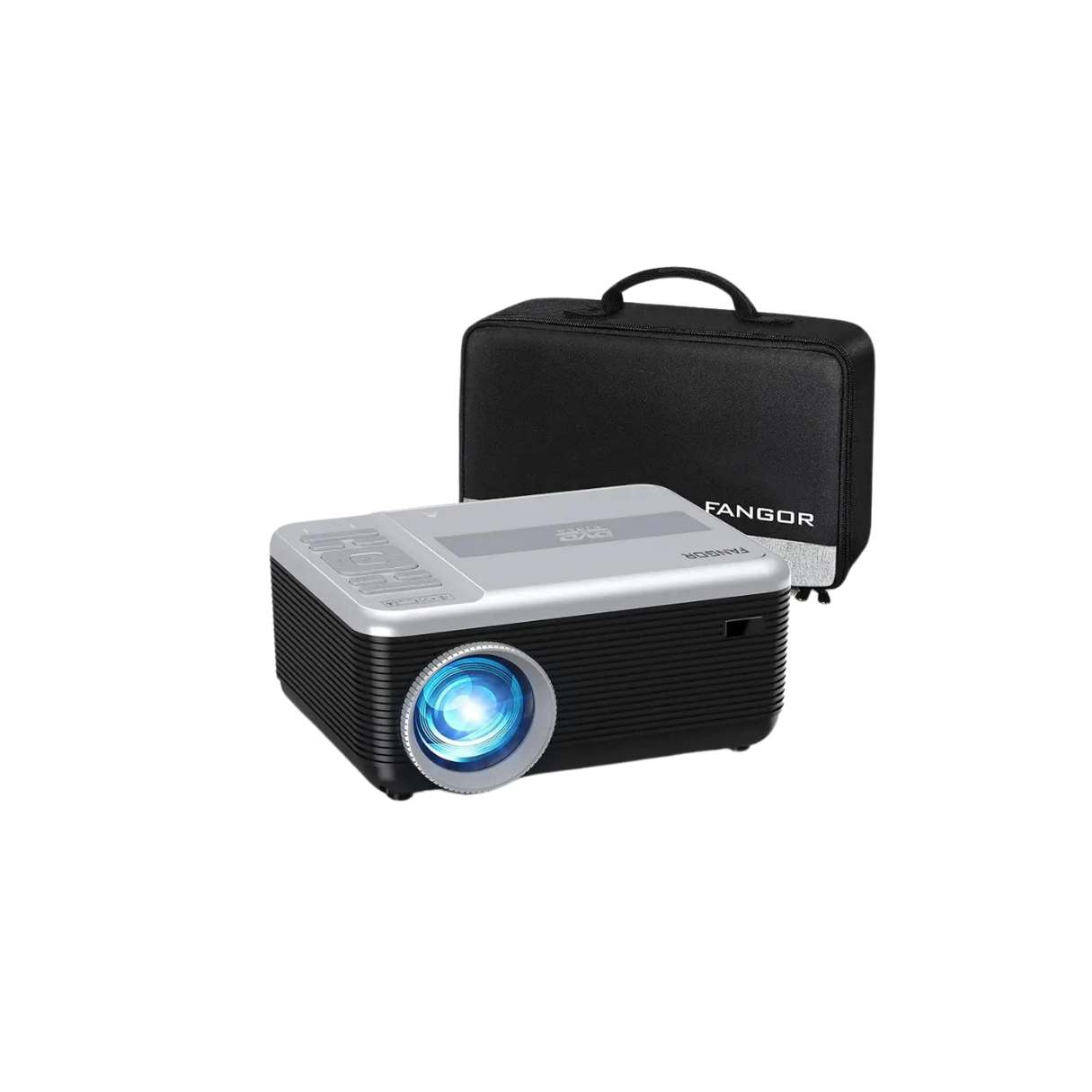


0 thoughts on “How To Connect TV To A Projector”